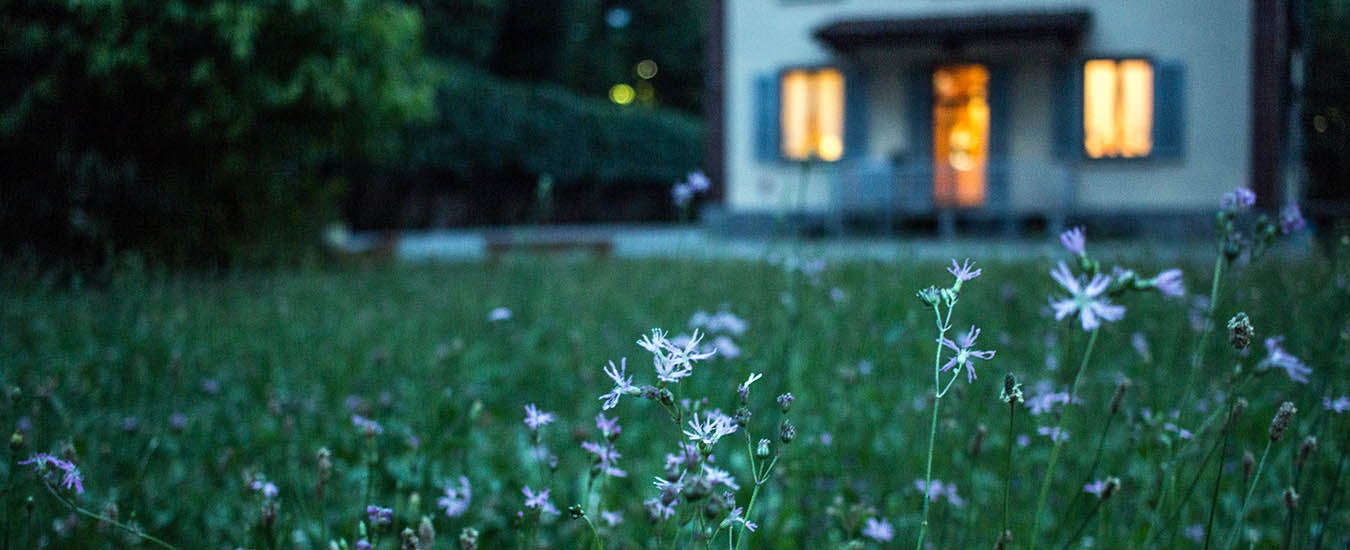Flaunt your style with a decorative cupola.
“The thing that sticks up from a barn roof and looks cute—what’s it for?”
This was the question that started our attraction to the cupola 20 years ago. We were travelling across Canada and the US, hitting back roads and historical sites whenever we could. Noticing how different and creative they could be, we were soon scanning the tops of buildings wherever we went.
A cupola—pronounced kyou’-puh-luh—is typically a small domed structure on top of a larger roof. Architectural purists would argue that a cupola must be circular and domed, among other things, but a much broader definition is common these days. Many homes, historical buildings, barns and even small sheds are now described as having “cupolas” that are designed to allow air to circulate and sunlight to enter.
Modern cupolas come in all shapes and sizes: for example, they can have four, six or eight sides, they may be round or square and have windows or vents. Some sport a weather vane on top. Those on livestock barns and hay sheds are used primarily to promote air circulation—preventing livestock and hay from overheating.
Many historical buildings in the Maritimes have cupolas. University Hall at Acadia University and both Dalhousie University and the University of New Brunswick’s clock-faced cupolas are grand examples. Heritage homes are frequently graced with a cupola. The Lovitt house in Yarmouth, NS, a majestic sea captain’s home that was built in 1862, has an impressive glass and wood tower and cupola that were added in 1891. A staircase at the back of the cupola leads up to two porthole-sized windows in the rounded roof, making this an impressive vantage point from which to see ships arriving in the harbour.
Depending upon the application, a cupola may be referred to by another name. For example, if a cupola is used to allow light into a dark interior it is called a lantern. If it has bells hanging within it, as on a church, it may be called a belfry. If it is accessible from within the building and it provides a view with a walkway or railing, it may be referred to as a belvedere or a widow’s walk.
There are also decorative cupolas that are not functional, meaning they do not let air into the building, and cannot be accessed—they are used only as a structural accent.
Cupolas tend to reflect the personality of the property owner and are often used to add character. Many homeowners have incorporated cupola-like designs into gazebos, gatehouses and garden accent buildings.
Build your own
Building a decorative cupola for your barn or garage is moderately easy, with plans readily available online for those with basic carpentry skills. Of course, if you are thinking of building a functional cupola that changes the structural integrity of the building, you should seek expert guidance.
There are several important considerations when building a cupola. Consider the roof line of the building on which it will sit.
When we had a decorative cupola built atop our barn-style garage, our builder gave it a matching roof. This does not mean the cupola roof must match, but it should be a good fit aesthetically.
Another important consideration is dimension. The cupola roof line is generally built on a scale of 1 or 1.25 inches (2.5 or 3.2 cm) for every foot (30.5 cm) of unbroken roof line of the building on which it is going to sit. Thus, if the barn you are putting the cupola on is 40 feet (12.19 m) long, the cupola would be between 40 and 50 inches (1 and 1.3 m) long.
Proportion makes a difference, and this also holds true if you are finishing it with a weather vane. A weather vane that is too small or too big will distract from the overall visual appeal.
Sometimes a roof is so big that two (or more) cupolas may look better than one. This is especially true on long barns, where multiple cupolas add a level of charm and “Kentucky horse barn” appeal to the exterior design.
So, as the Friendly Giant used to say, “Look up; look waaaaay up,” as you travel about. You never know what sort of creative cupolas you may discover.
